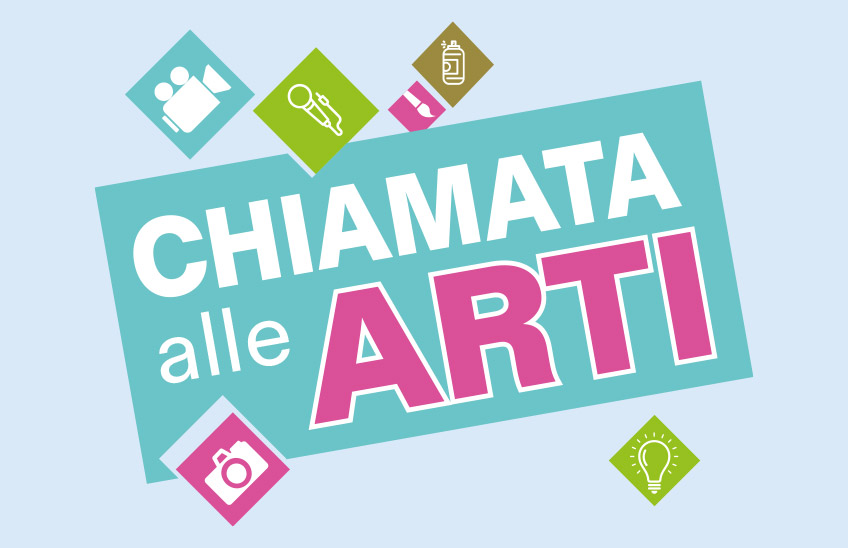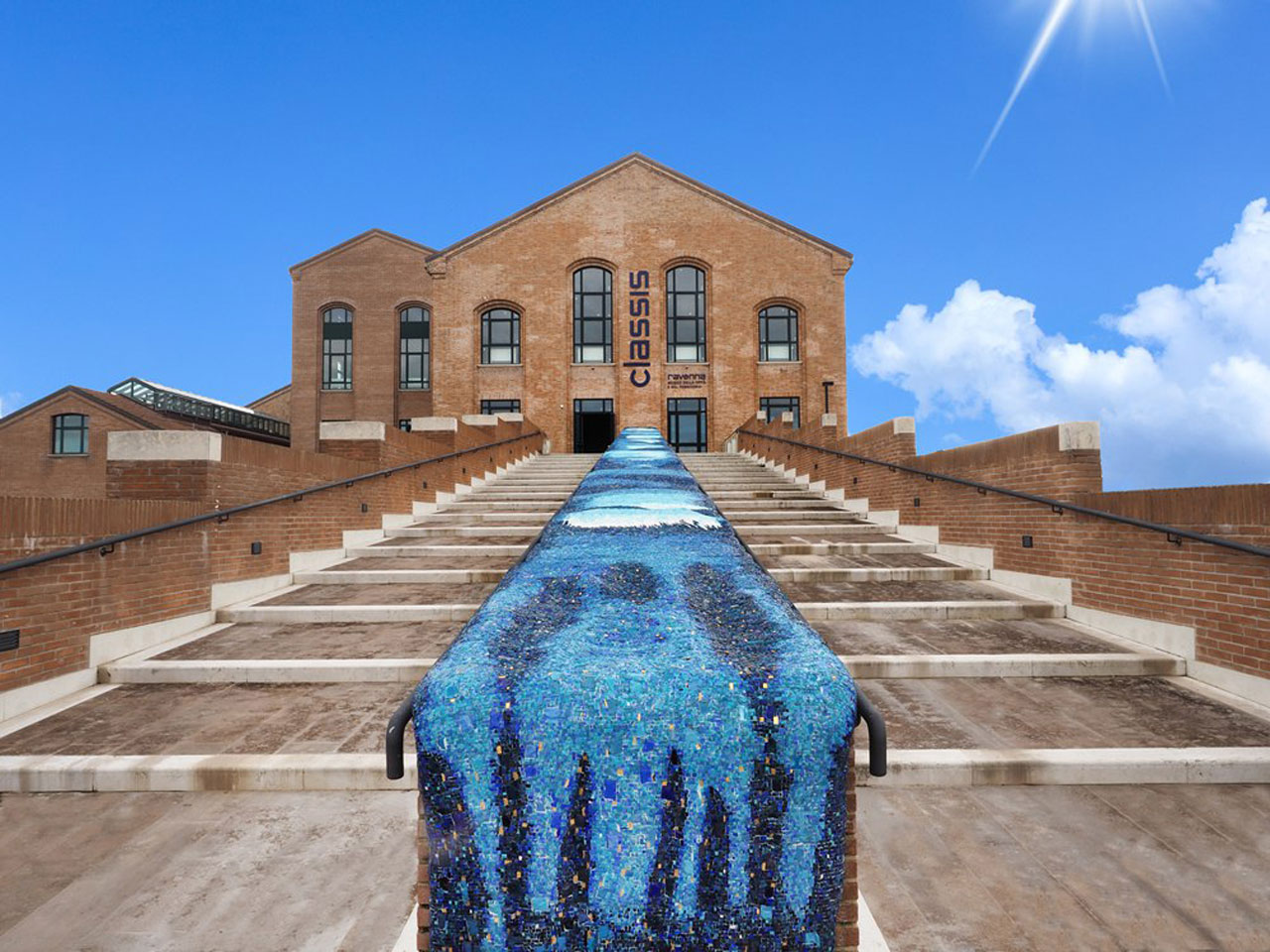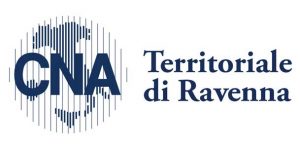Call to the Arts
a project by Cristina Mazzavillani Muti
artistic direction Michele Marco Rossi e Anna Leonardi
reception at the Classis Museum curated by Francesca Masi
9 pm
Valerio Magrelli poet
rappers, trappers of “Call to the Arts”
and musicians of the Conservatorio G. Verdi di Ravenna
in collaboration with Museo Classis Ravenna and RavennAntica
under the patronage of Nuovo Imaie
The Ravenna Festival’s constant focus on the new generations has resulted in an unprecedented project: the Call to the Arts. The exhortation of the title sums up the spirit of this peaceful and creative “meeting”, which, through a public call, invites the youngest—up to 25 years old, with no minimum age—without forcing their artistic vein into pre-established patterns, without teaching lessons or suggesting strategies, but rather offering a space and time where they can express themselves and confront themselves with other young artists and with the public. This project is the result of the visionary tenacity of Cristina Mazzavillani Muti, who has entrusted it to the enthusiastic experience of young musicians such as Michele Marco Rossi, perhaps the most highly regarded cellist of his generation by contemporary composers, and Anna Leonardi, former oboist of the Orchestra Cherubini youth ensemble, who also works in the organisational and editorial fields. And since this multidisciplinary approach is a value that cannot be renounced, the call is open to the most diverse forms of expression: photography, video, poetry, rap, trap, traditional or innovative visual arts, mosaic, musical composition… all of which will find expression in the “museum-factory” of the Classis. During four intensive days, original works will be collected, exhibited or performed, and the artistic process will be recreated in a rich series of events: a creative workshop always open to the public.
The freedom that pervades the entire “Call” is fully expressed in the removal of boundaries between genres and styles: rap, trap, pop, jazz… and in the absence of thematic guidelines, so that each young poet-musician can lead us through their personal domains, following their passions, their language and their feelings—the feelings of a generation that is all too often overlooked or ignored. Here is a space where they can meet and express their creativity. They will cross paths with the verses of Magrelli, one of the great poets of our time, because poetry, despite its commercial marginalisation, continues to live and pulsate in the hearts of young people, as powerful as music: for example, the dissonant and aggressive music of Workers’ Unions, capable of combining individual freedom with the rhythmic breath of the community.




